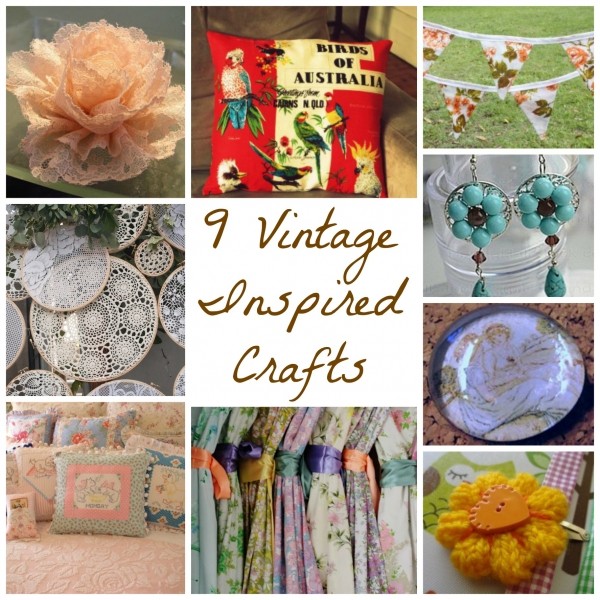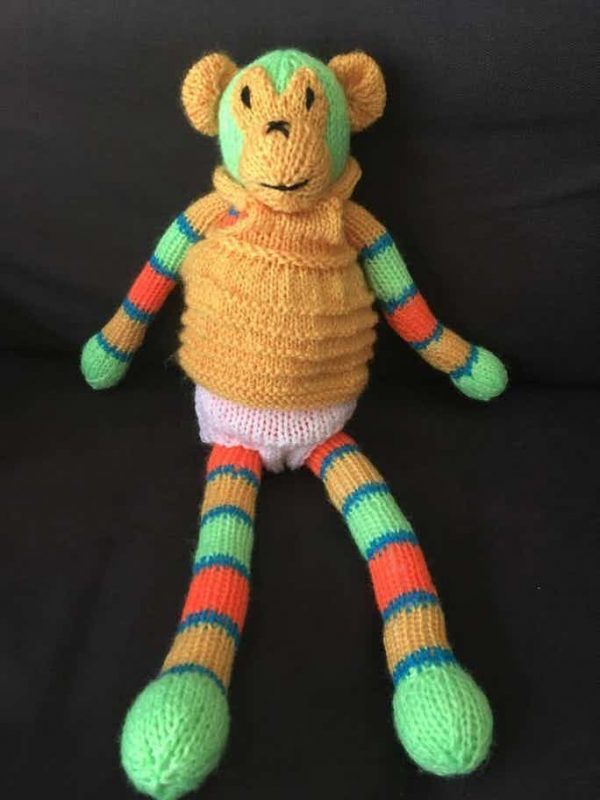
What you need
Gel Wax
Gel candle scent
Gel candle dye
Wick and wick base
Spoon
Craft sticks
Knife
Candle Thermometer
Double boiler
Instructions
What is Candle Gel Made Of:
There are different types of Candle Gel CLP (low density), CMP (medium density) and CHP (high density).
The thicker or more dense the gel is, the more scent it can hold. Use this type of gel if you intend on embedding objects into your candles such as toys.
The only downside to using a heavier wax is that it takes longer to melt and is a thicker substance to work with.
Safety of Gel Candles:
The melting point of a gel candle is about 275 F and the flash point (temperature at which it will catch fire) is close to 440 Deg F.
Some considerations to this is if you add a non suitable fragrant oil which will lower the flash point making it possible to burst into flames whilst burning the candle.
Fragrant oils that are safe for gel candle making are called Non Polar and are easily available from good candle supply stockists.
Do not add your paraffin wax scents or essential oil under any circumstances.
Have some sand or a chemical extinguisher on hand and be sure to wear a heat proof apron and gloves.
If you are unsure if your glass is safe we suggest making sure you have on some protective eye wear in case the glass shatters.
Equipment:
Melting Pot: As with all candle making we suggest using a double boiler for safety reasons. However is you are sure of what you are doing and have some safety precautions on hand, such as a chemical extinguisher or buckets of sand (never water) then the fastest way to melt down this wax is using a direct heat method such as a heavy lined electric pan like a crock pot.
Thermometer:
The melting point of a gel candle is about 275 F and the flash point (temperature at which it will catch fire) is close to 440 F
So you will need a thermometer to insure it does not get close to the flash point. The wax melts slowly so don’t be tempted to turn up the heat to move things along faster. Slow and Low is the way to go.
Stirring Equipment:
Metal spoons, spatulas work best and are easy to clean up.
Dye:
Liquid candle dyes work best for gel candles as it maintains the clarity of the candle. You can use dye chips in a small amounts but it may leave your candle slightly cloudy. We do not recommend using dyes that are not sold for the purpose of gel candle making as they are simply not safe.
Fragrance:
Fragrant oils that are safe for gel candle making are called Non Polar and are easily available from good candle supply stockists. Do not add your paraffin wax scents or essential oils under any circumstances as they will cause your candle to catch fire. For scent ratio Use this as a guideline.
3% for CLP , Use 4% for CMP and for CHP use up to 6%.
Wick:
Wicks are important and can affect how the candle burns. Braided, cotton and paper cored wicks that are normally used in wax candle making are not usually used in gel candles. Zinc cored wicks work best as they burn safely and remain upright whilst the candle is setting. Your wick should not sit more than 7mm above the candle or the flame will be too big.
There is a misconception that wicks should go all the way to the bottom of the candle, but that is not entirely true. As the risks of the glass container cracking increases as the flame gets closer to the bottom, closer to the glass and the heat travels further up the glass. Wicks should sit around 1/4 of the way from the bottom. You can cover up the base or raise it up slightly by adding some glass beads or other add ins.
As with all wicks in candle making we suggest coating them in the melted gel and allowing it to dry before using it.
Embeds:
Its great to add things into gel candles such as plastic toys, seashells , pebbles etc. Keep in mind that the flame will be next to the embedded item so adding flammable fabric flowers is not the greatest idea unless you can insure the candle will not be used past that point. To insure this you can add these embeds below your wick.
Bubbles: If bubbles are wanted, stir your wax with a wooden spoon before pouring to aerate it. If you don’t want bubbles try heating your container before pouring the wax, setting it out in the sun or add the candle to a very low oven to help melt the wax and the air to rise out.
Containers:
Gel candles are usually made in glass containers from champagne glasses to small votive holders. The only requirement of your container is that it is thick enough to withstand the temperature of the wax. If you are unsure if your glass is safe we suggest making sure you have on some protective eye wear in case the glass shatters.
Now that you know all the basics it’s time to get started. Grab a container, grab an idea and get candle making.
Photo Credit: zestcandles

















Hi I made gel candle.. I didn’t use wick. But a normal thick thread ..the wax wasn’t allowing it to burn what might be the reason
I have been making gel candles for a couple of years now. Most important thing is to test, test, test each candle you make before giving or selling.
where can
i find the polymer resin?
this is a great site, very informative
This information was very helpful. Definitely covers alot of do’s & don’ts. Thank you!!
Great info, definately going to give it a go, love gel candles. Best and most complete site I’ve come across without baffling you with science and other jargon.
Good advise to make it safe.
This website has more useful information on gel candles than many MANY combined books and websites! Thank you for a great resource!!!
To “guest” who left a two star rating… This was general “how to make a gel candle” information. There are *SO* many different gel candle projects that can be done, listing just one would have been a less useful resource… What kind of container? Do you want bubbles? How many wicks do you want to use? Will it have color? Will it have scent? What kind of embeds (if any) will you choose?
Unless you are making the “squeeze a bag of prescented gel into a jar with a wick” kit, gel candles are not an entry-level candle making project. It requires that you have the basics of using a double boiler, thermometer, adding the correct ingredients at the correct temperature (this info would be found on your specific scent and color additives – different brands have different instructions) and having some knowledge of wick type, etc. This site more than covered all the basics for gel candles – it is an extensive resource! Kudos!
nice
you dont tell us HOW to make the candles only the supplies you need for it.
Errrrr….. with all these risks involved I’m just ging to stick to buying gel candles. It sounds pretty awsome…. not including going bilind if you dont pick the right glass or just being …. CAREFUL. I’m a mega klutz and if you say anything about handling dengerous items I will decline with dignity by runing away….
xoxo:
0) ( one eyed monster says “hiii”)
A great help to people who like doing their own stuff….specially if you are planning a wedding such ideas really help. Thanks
I would like to make a candel.
But a video would be nice thanks.
I havnt actually done it :O
The flash point of a flammable liquid is the lowest temperature at which it can form an ignitable mixture in air. It still needs ignition to burn.
The autoignition temperature of a substance is the lowest temperature at which it will spontaneously ignite in a normal atmosphere without an external source of ignition, such as a flame or spark.
Thick glass is actually more prone to cracking, as the inside gets hot and expands, breaking the outside apart. Thin glass walls quickly gets hot all the way through, expanding all the same way.
Adding a video will be very helpfull
Any ideas on how to keep the gel from slipping out of the container? We have tried gel candles at camp but before the kids get home, the candle has left it’s container.
Thanks for the info! I have old candle glasses I have been wanting to use for something!
this is really cool and gel candles are so pretty!!!!!
I believe the flash point has already been covered in this article.
As a gel candle maker , I found this project well researched and believe it covers most if not all areas. If you do not agree maybe you should reasearch it yourself first before making comments
Please remember that Gel Wax SHOULD not be over 250 degrees